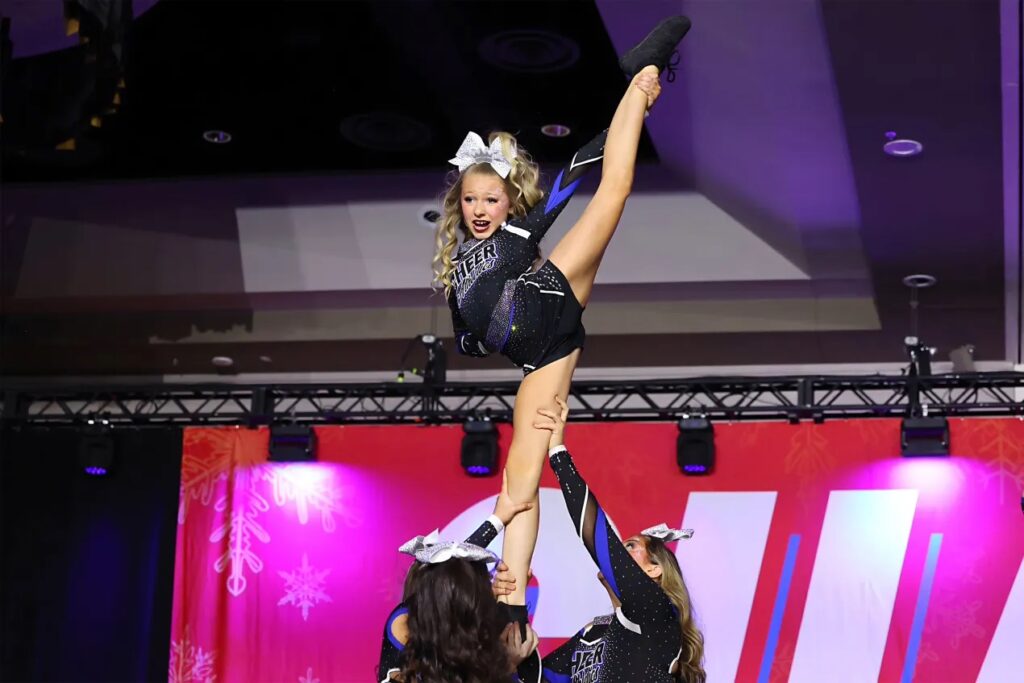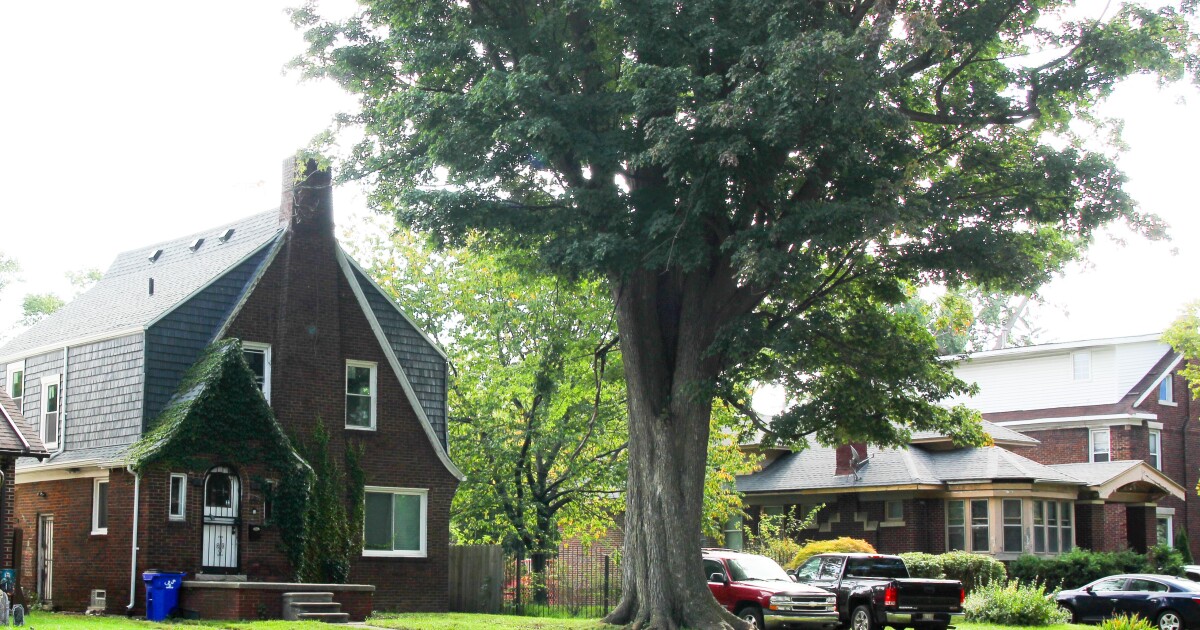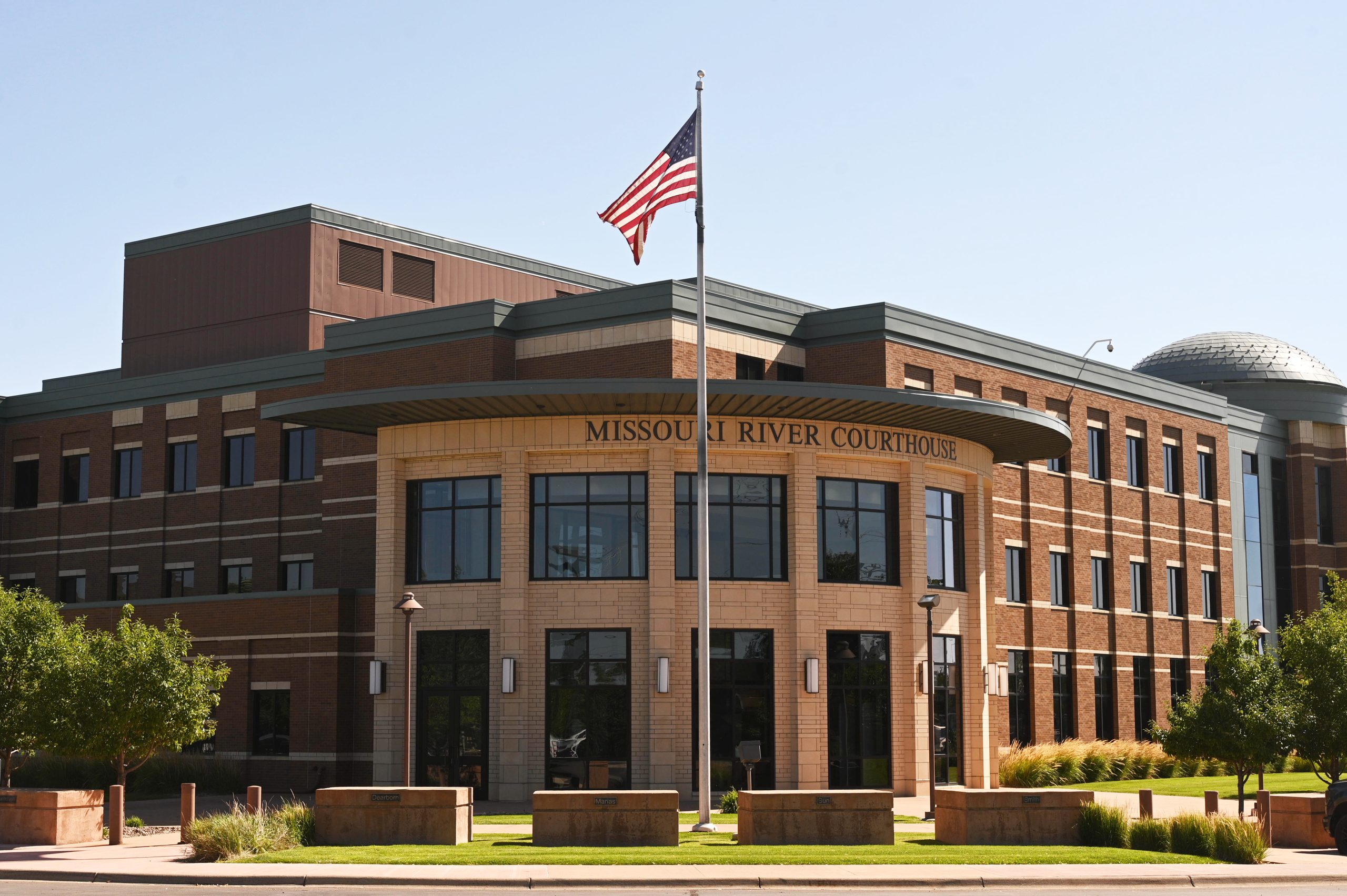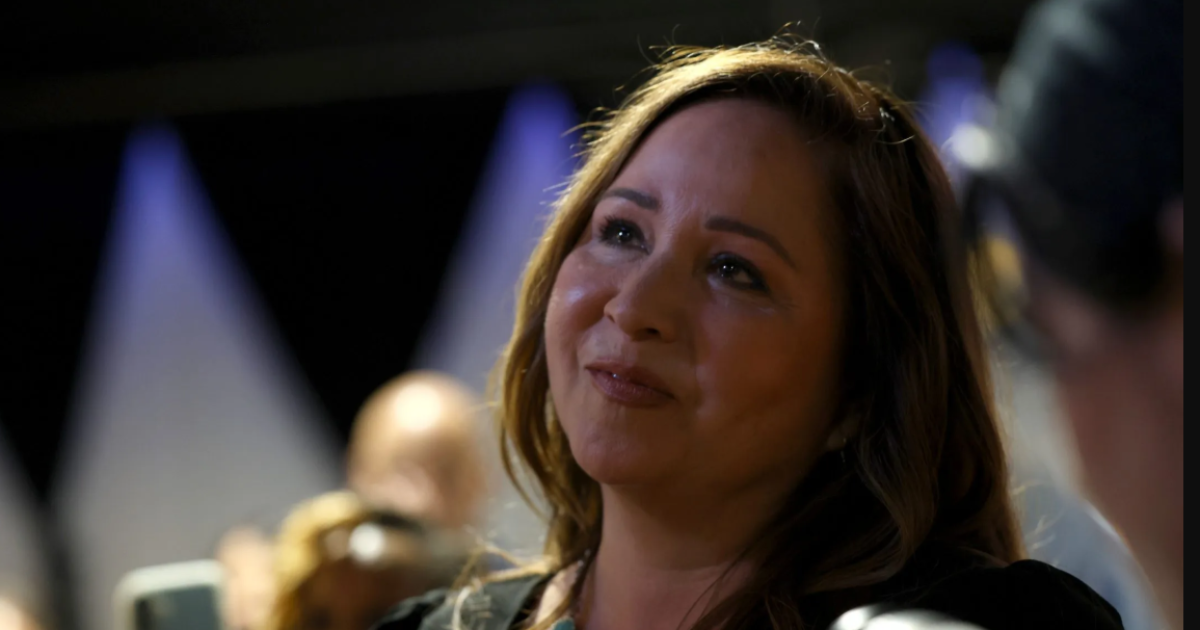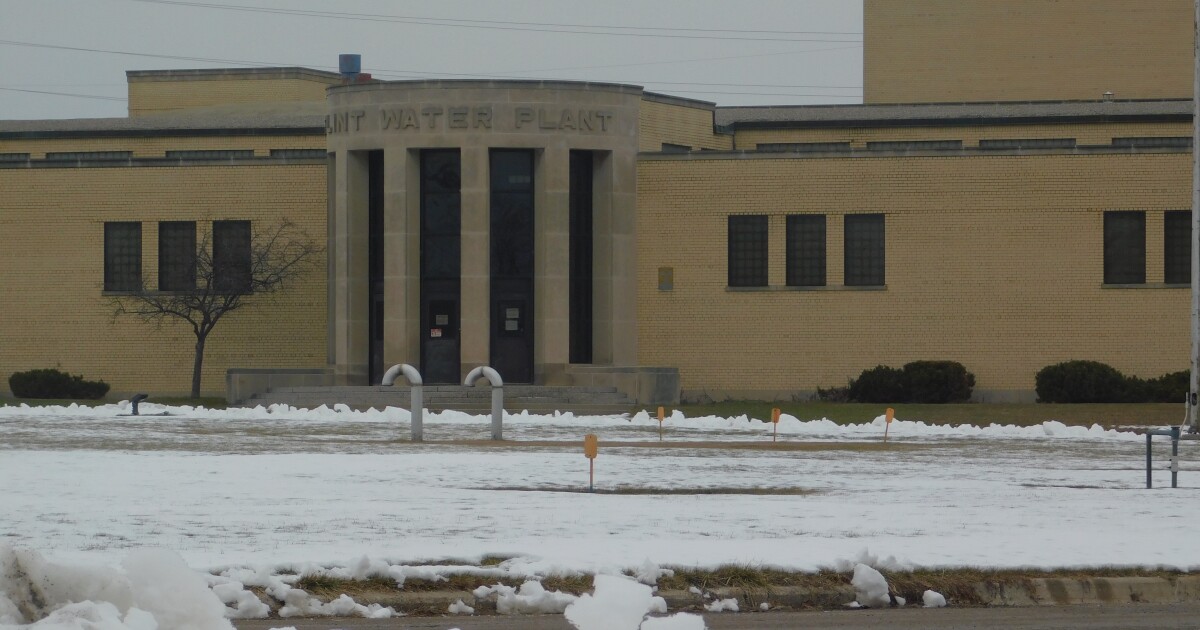In April, during a cheerleading practice, sixth-grader Karter Duey from Centennial, Colorado, suffered a concussion when she fell headfirst onto a gym floor mat. Following the accident, Karter experienced persistent headaches, dizziness, and sensitivity to light and noise. After a week and a half of rest at home, she returned to school with accommodations, attending half-days and completing assignments on paper instead of a screen. Karter also began physical therapy to address her neck injury and balance issues.
According to Julie Wilson, Karter’s doctor and co-director of the Concussion Program at Children’s Hospital Colorado, a primary concern for families is determining when children can resume sports. Returning to school quickly with proper support and engaging in light exercise are crucial steps in concussion recovery, aligning with recent research.
In August, the Colorado Department of Education updated guidelines to debunk myths like the necessity of losing consciousness for a concussion diagnosis. These guidelines incorporate evidence-based practices for resuming school and exercise, which aid in recovery. Educating families and schools about these changes is vital, especially during fall sports seasons when concussions are more frequent.
Data from the 2022 National Health Interview Survey indicates that over 2 million children nationwide have been diagnosed with concussions. Studies reveal that adolescents recover faster by engaging in light exercise, like stationary biking or brisk walking, within two days post-concussion. This period is also considered optimal for returning to school while managing symptoms.
Christina Master, a pediatrician and brain injury specialist at Children’s Hospital of Philadelphia, emphasizes the importance of students returning to school with support, such as schedule breaks, to manage symptoms like headaches. She states, “Even though the brain is not a muscle, it acts like one and has a use-it-or-lose-it phenomenon.”
Colorado, along with 15 other states, employs community-based concussion management protocols. This summer, Colorado updated its REAP guidelines—Remove/Reduce; Educate; Adjust/Accommodate; and Pace—to assist families, healthcare providers, and schools in supporting students post-concussion. Schools can alert teachers about a student’s injury via email and provide weekly updates on symptom management.
Symptoms typically resolve within a month, but persistent cases may require a multidisciplinary care approach. David Howell, director of the Colorado Concussion Research Laboratory, is exploring how concussions affect children and their families physically, cognitively, socially, and emotionally. His research includes analyzing exercise intensity and common symptoms, as well as evaluating recovery perceptions among adolescents and parents.
Recognizing concussions promptly is crucial, though many students may remain undiagnosed due to factors like lack of education and barriers to medical care. Training efforts in Colorado aim to improve concussion management, with 280 school personnel trained last year across 50 districts. Concussions extend beyond traditional sports; activities like parkour and skiing also carry risks. Karter, now recovered, has resumed cheerleading and is preparing for competitions.
KFF Health News is a national newsroom producing in-depth journalism about health issues and is part of KFF, an independent source of health policy research, polling, and journalism.
—
Read More Montana News

